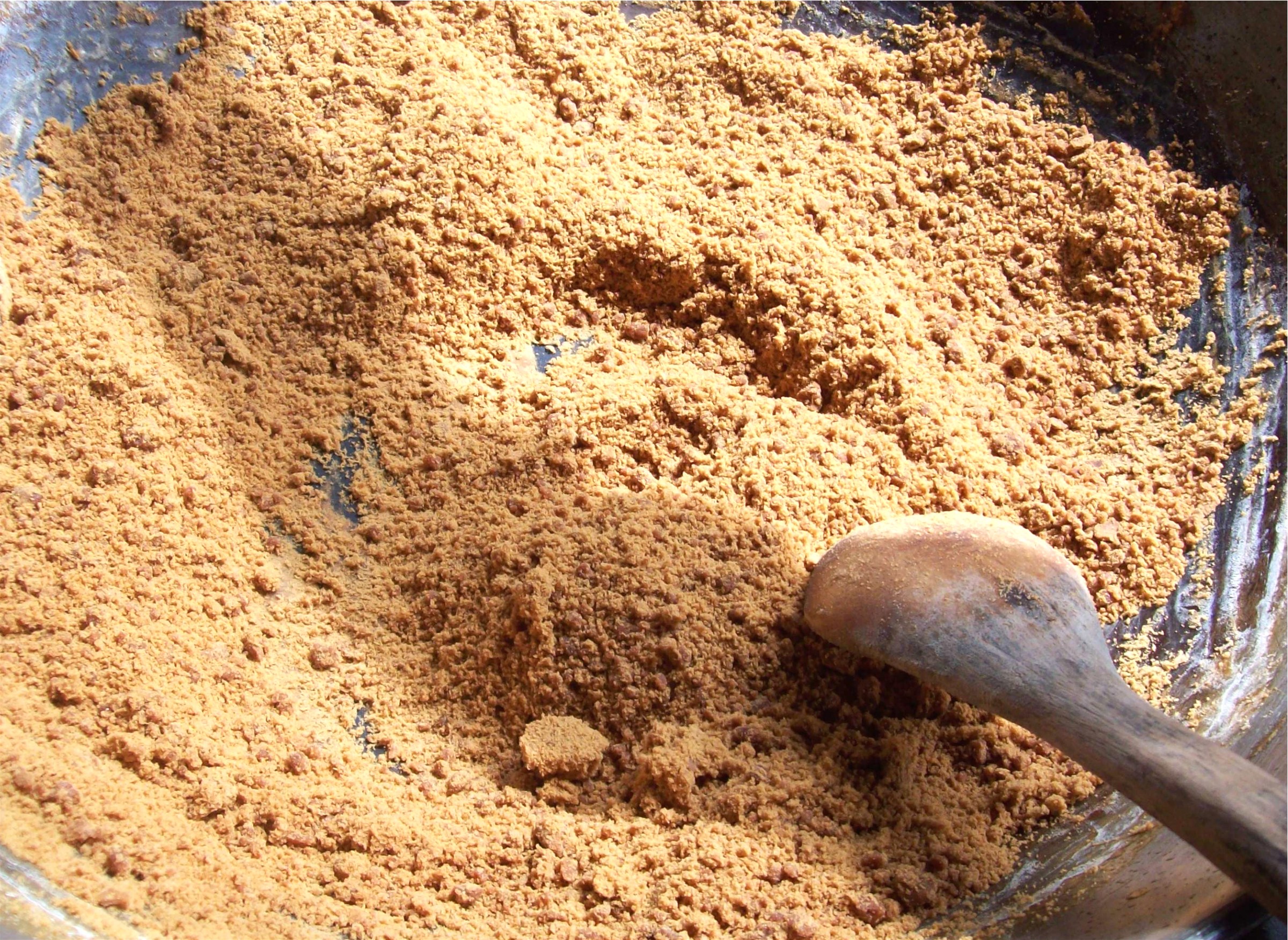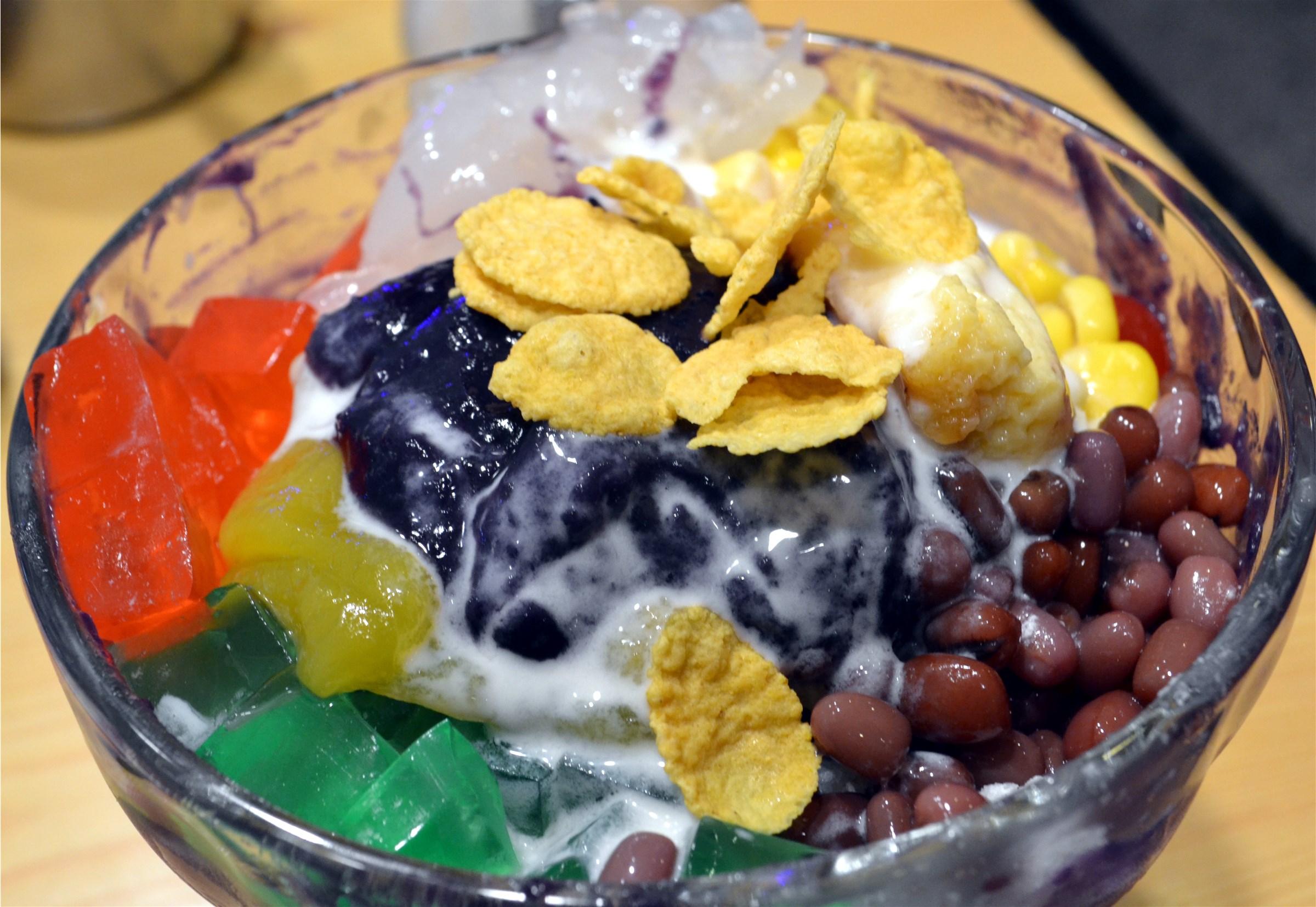Text and Photos by Henrylito D. Tacio
While fixing their house, Pepito stepped on a sharp wire. A week later, the wound never healed. He was worried about it, so he went to a private hospital. He was diagnosed with diabetes and was given instructions on how to keep the wound clean.
Just when the wound almost healed, Pepito had another wound – the result of stepping on a screw in the tire repair show where he worked. Fortunately, a barangay health worker paid a visit to his home. She told him about a new service offered by the Puan Health Center where he could receive care for his foot and education about how to manage his diabetes and prevent further injuries.
“The health center is not far from where I live, but I don’t have the time to visit,” Jonathan said. “I’m grateful to our barangay health worker for telling me about the program.”
Pepito religiously followed what the health center told him to do. A midwife treated his wound and cut a hole in his rubber sandal to relieve the pressure while it was recuperating. As a result, the wound quickly improved while his blood glucose levels also stabilized.
Considered one of the infamous silent killers, diabetes mellitus – its complete name – ranked fourth among the chronic diseases in the country. It has no cure, and symptoms are undetectable at its early stages.
Advanced stages of diabetes include symptoms like polyuria (excessive urine production), dry mouth, extreme fatigue, numbness due to nerve damage, sudden weight loss, blurring of vision, poor wound healing, and even heart attack.
In 2015, the International Diabetes Federation estimated 415 million adults around the world had diabetes. The figure is expected to rise to 642 million – or one in 10 adults – by 2040. “If no one does anything about it, the number will soar to 629 million by 2045,” said Dr. Joy Arabelle C. Fontanilla, chair of the National Assembly of Diabetes Educators.
“Diabetes kills one person every 8 seconds,” deplored Dr. Fontanilla. “Together with cardiovascular disease, cancer and lung disease, diabetes is responsible for over 80% of deaths due to non-communicable diseases.”
In the Philippines, the prevalence of diabetes is approximately 4.6% to 7.2%, according to a study nursinganswers.net, which reviewed related literature on the subject. “This figure expands to 17.8% after adding those who have pre-diabetes (impaired fasting glucose or impaired glucose tolerance or both) which has a prevalence of 10.6%,” it said. “Therefore, one out of every 5 Filipinos could potentially have diabetes or pre-diabetes.”
Unfortunately, diabetes awareness among Filipinos is very low, according to Dr. Roy Ferrer, an assistant secretary of the Department of Health and diabetologist.
Normal people have several misconceptions about the disease, he said. For instance, they believe that only adults develop diabetes and that the fatter children, the healthier they are. The reverse is true.
“Most think that when a child is fat, he is healthy,” Dr. Ferrer explained. “That’s a myth. Children who are fat have a higher possibility of acquiring the disease because they eat a lot of food that has large amounts of sugar, which increases the sugar level in their blood.”
Actually, diabetes has something to do with insulin, the hormone released from the pancreas. “Insulin controls the amount of sugar in the blood,” explains The Merck Manual of Medical Information. “When a person eats or drinks, food is broken down into materials, including sugar, that the body needs to function.
“Sugar is absorbed into the bloodstream and stimulates the pancreas to produce insulin. Insulin allows sugar to move from the blood into the cells. Once inside the cells, sugar is converted to energy, which is either used immediately or stored until it is needed.”


The levels of sugar in the blood normally vary throughout the day. “They rise after a meal and return to normal within about two hours after eating,” says the Merck manual. “Once the levels of sugar in the blood return to normal, insulin production decreases.”
But with diabetes, something goes awry. “The pancreas becomes irresponsible,” states The Doctors Book of Home Remedies. “It either stops producing the hormone completely (Type 1 diabetes) or else produces too much, which leads to insulin resistance (Type 2 diabetes).”
Either way, the concentration of sugar in the blood shoots sky-high.
A person with diabetes is at risk for heart disease, kidney disease, atherosclerosis, nerve damage, infection, blindness, and slow healing. But there are three potentially dangerous acute effects of diabetes needing medical attention: hypoglycemia, hyperglycemia, and wounds.
Hypoglycemia occurs when blood sugar drops too low. Hyperglycemia is when blood sugar rises too high. “Each person reacts to diabetes in his own way,” the home remedies book says. “This means each person has to be under a doctor’s care and constantly monitored. This need cannot be overstated.”
A person with diabetes who may have the flu should call his doctor right away. A patient needs to go to a hospital emergency room if he’s vomiting or having abdominal pain; has large amounts of sugar and acetone in his urine; his blood sugar levels are above 200 milligrams, and his temperature is 100°F or more.
“Every diabetic’s goal is to maintain his blood sugar and blood fat as close to normal levels as possible,” the home remedies book says. “A diabetic regimen has three cornerstones: nutrition, weight control, and exercise.
“The good news is that you can virtually eliminate all symptoms of diabetes – in other words, ‘control’ it – by carefully following the regimen you and your doctor work out.” Just remember this: what is good for one diabetic person may be bad for another diabetic.
Data from the International Diabetes Foundation showed the average cost of treatment and maintenance for a Filipino diabetic patient grew from US$61 in 2010 to US$234 in 2017. The figure must have gone further these days.
Now, let’s talk about nutrition. Rice is the staple food of Filipinos. A study conducted by the Harvard School of Public Health showed that eating white rice on a regular basis may increase the risk for type 2 diabetes.
“The researchers found that people who ate the most rice – three to four servings a day – were 1.5 times more likely to have diabetes than people who ate the least amount of rice,” said the study.
In addition, for every additional large bowl of white rice, a person ate each day, the risk rose to 10 percent, said the study that was published in the British Medical Journal.
It must be recalled that in 2018, the Davao City Rice Conservation Ordinance was approved by the city council. It is also known as the Half Rice Ordinance as it requires all business establishments serving food to include a half-cup of rice in their menu.
The website of Medical Trends Now said all diabetics should follow a healthy diet that includes plenty of fruits and vegetables, whole grains, low-fat dairy products, and lean protein. Some foods that are typically safe for diabetics to eat include: fruits (oranges, melon, berries, apples, bananas, and grapes), vegetables (asparagus, broccoli, cauliflower, and celery sticks), and whole grains (brown rice, quinoa, and oatmeal).
Among those that should be shunned by diabetics are sugary drinks (soft drinks, milk tea, instant juice, and ice tea), processed foods (French fries, fried dishes, canned meat, fruits and vegetables with enormous sodium, veggies cooked with lots of added butter, cheese, or sauce, ice cream, and whole milk), and high-fat foods (crispy pata, lechon and anything fried, oily and with trans fat in it).
Filipinos need not to know whether he is diabetic or not. There are several tests and screenings available to help doctors diagnose a person and track the progress of a person’s diabetes. Among the common tests are blood glucose monitoring, urine testing, and insulin sensitivity testing. Screening of diabetes also includes blood pressure, cholesterol, and thyroid measurements.
Most Filipino endocrinologists – specialists on diabetes – are located in major cities in the country. In Davao City, you can visit any of the following: Davao Doctors Hospital, Metro Davao Medical and Research Center, and Southern Philippine Medical Center.
During the National Diabetes Week last July, the city government of Davao – through the City Health Office (CHO) – has offered to all residents of the city – 20 years old and above – to avail themselves of free diabetes assessment and screening conducted every Friday in all barangay and district health centers.
“Our health centers are always open,” said Chona Dazon, the CHO Non-Communicable Diseases Program Coordinator, adding that those diagnosed with the disease are encouraged to register under the CHO’s Diabetes and Heart program, in order for the diabetic patients to receive free medication.
In addition, CHO offers both oral medicines and insulin shots to diabetic patients.

